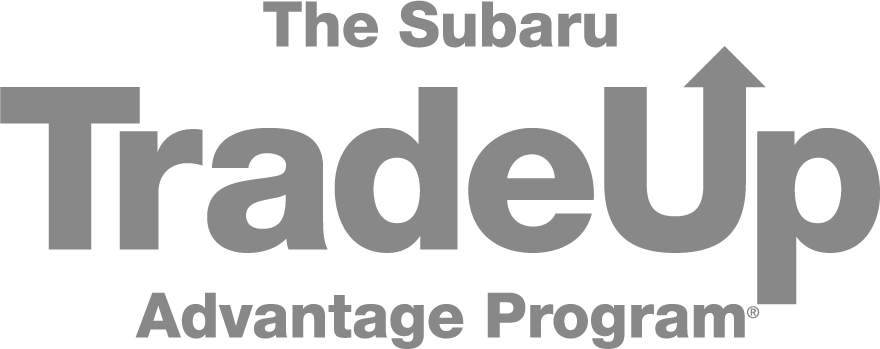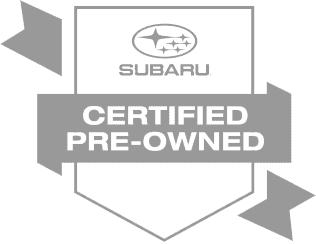

Buying a car can quickly become overwhelming when the talk turns to financing. Interest rates, loan terms, and monthly payments can feel confusing, leaving you unsure about what you can truly afford. That's why many people start by learning how to get pre approved for a car loan. Getting pre-approved means a lender has reviewed your financial information and offered you a loan amount you're likely to qualify for, giving you a clear budget and a better understanding of your financing options before you even step foot in a dealership.
But once you've thought, "I got pre approved for a car loan, now what?" it's important to know how to use that approval to your advantage. Having a pre-approval helps you shop confidently, negotiate better deals, and avoid costly dealer financing. In this article, you'll discover the step-by-step process for getting pre-approved and what to do next—whether it's comparing lenders, choosing the right car, or finalizing your loan—so you can navigate the car-buying process with less stress and more clarity.
Don’t let financing hold you back—get your pre approved car loan now and make your car buying experience smooth and stress-free. Head over to Brewster Subaru. Our team will help you through every step of the process. Take control of your next car purchase with a pre-approved loan from Brewster Subaru today!
Also Read: Why That New Car Costs More: The Role of Tariffs
What Is Pre-Approval?
Car loan pre approval is when a lender reviews your credit history, income, and other financial details and offers a loan amount you’re likely to qualify for—before you even start shopping for a car. This gives you a clearer picture of your budget and helps you avoid guessing how much you can afford. It’s a helpful way to approach the car-buying process with more confidence and less stress.
Unlike pre-qualification, which is based on a general overview of your finances, pre-approval involves a more detailed check by the lender. That makes it a stronger indication of your creditworthiness. In many cases, pre-approval also locks in an interest rate for a short period, which can protect you from potential rate increases while you search for the right car.
Check Your Credit First
Before starting a loan application, it’s important to check your credit report and score. This is one of the first things lenders look at to decide how much they’re willing to lend and what interest rate you’ll get. You can request a free credit report from each of the three major credit bureaus—Equifax, Experian, and TransUnion—at AnnualCreditReport.com. Reviewing your report ahead of time gives you a chance to spot any mistakes or outdated information that could be dragging your score down.
If your credit score is on the lower side—typically below 670—it may be worth taking steps to improve it before applying. Paying down credit card balances, making payments on time, and disputing any inaccuracies on your report can make a difference. A higher credit score not only increases your chances of getting approved but can also help you qualify for lower interest rates, saving you money over the life of the loan.
Get Your Documents Ready
Once you're ready to apply for pre-approval, make sure you have all the necessary documents in order. Lenders want to confirm that you're able to repay the loan, so they'll ask for items like a valid photo ID, proof of income (such as recent pay stubs or tax returns), and proof of residence, like a utility bill. You'll also need to provide your employment information, including your employer's name and how long you've been with the company.
If you're self-employed, expect to provide a bit more paperwork—usually recent bank statements and a couple of years' worth of tax returns. Gathering these documents ahead of time helps speed up the process and shows the lender you're organized and prepared. It can also help prevent delays or last-minute surprises once you're ready to finalize your loan.
Compare Different Lenders
Before settling on a loan, take time to explore your options. Not all lenders offer the same terms, so it’s smart to check with banks, credit unions, and online lenders. Each may offer different interest rates, loan amounts, and approval requirements. For example, credit unions often have lower rates for members, while online lenders might approve your application faster and with less paperwork.
Comparing offers can make a big difference in what you pay over time. Even a small difference in interest rates can add up to hundreds or thousands of dollars over the life of a car loan.
Apply Within a Short Timeframe
When you're ready to apply for a car loan, try to submit all your applications within a 14- to 45-day window. This is important because credit scoring models group multiple auto loan inquiries made within that period as a single inquiry. In other words, it won't hurt your credit score the way several spaced-out applications might.
Applying in a short timeframe also helps you compare real offers side-by-side, with accurate rates and terms based on your full application—not just estimates. This gives you a clearer picture of which lender is offering the best deal without worrying about damaging your credit in the process. It's a smart move that keeps your options open while protecting your score.
Review the Offers Carefully
Once you receive offers from lenders, take time to go through the details carefully. Focus on key factors like the APR (Annual Percentage Rate), loan term, monthly payment, and any additional fees or conditions. While a low monthly payment might seem appealing, it could come with a longer loan term—which means you’ll end up paying more in interest over time.
Don’t just look at the monthly cost—pay attention to the total cost of the loan from start to finish. A slightly higher monthly payment with a shorter term might save you money in the long run.
Take the Pre-Approval to the Dealer
Once you're pre-approved, bring the letter with you when you visit the dealership. It shows the salesperson you're a serious buyer with financing already lined up. This can shift the focus away from loan discussions and put you in a stronger position to negotiate the actual price of the car rather than just the monthly payment.
Having car loan pre approval in hand also helps you avoid being steered into more expensive dealer financing offers. Since you already know your budget and interest rate, you can confidently stick to your plan and make better choices.
What to Do After You’re Pre-Approved
Getting pre-approved sets you up to shop with a clear budget in mind. With your loan amount in hand, you can focus on finding a car that fits your price range without second-guessing what you can afford. Be sure to include additional expenses like sales tax, registration, and insurance when narrowing down your options—these costs can add up quickly.
After choosing your car, return to the lender that issued your pre-approval to finalize the loan. They’ll guide you through the paperwork and handle the payment details with the dealership. With the financing complete and everything in order, you’ll be all set to drive away in your new car feeling confident about your purchase.
Final Note
Knowing how do you get pre approved for a car loan can simplify the entire car-buying process. Getting pre-approved gives you a clear budget and shows dealers you’re a serious buyer. By preparing your documents, checking your credit, and comparing offers, you can find the best loan for your needs.
When you visit the dealership, bring your pre-approval letter and focus on choosing a car within your budget. Remember to factor in extra costs like taxes and insurance before finalizing your loan. Following these steps makes buying a car easier and less stressful. For a smooth financing experience, consider stopping by Brewster Subaru for help with your pre-approval.




